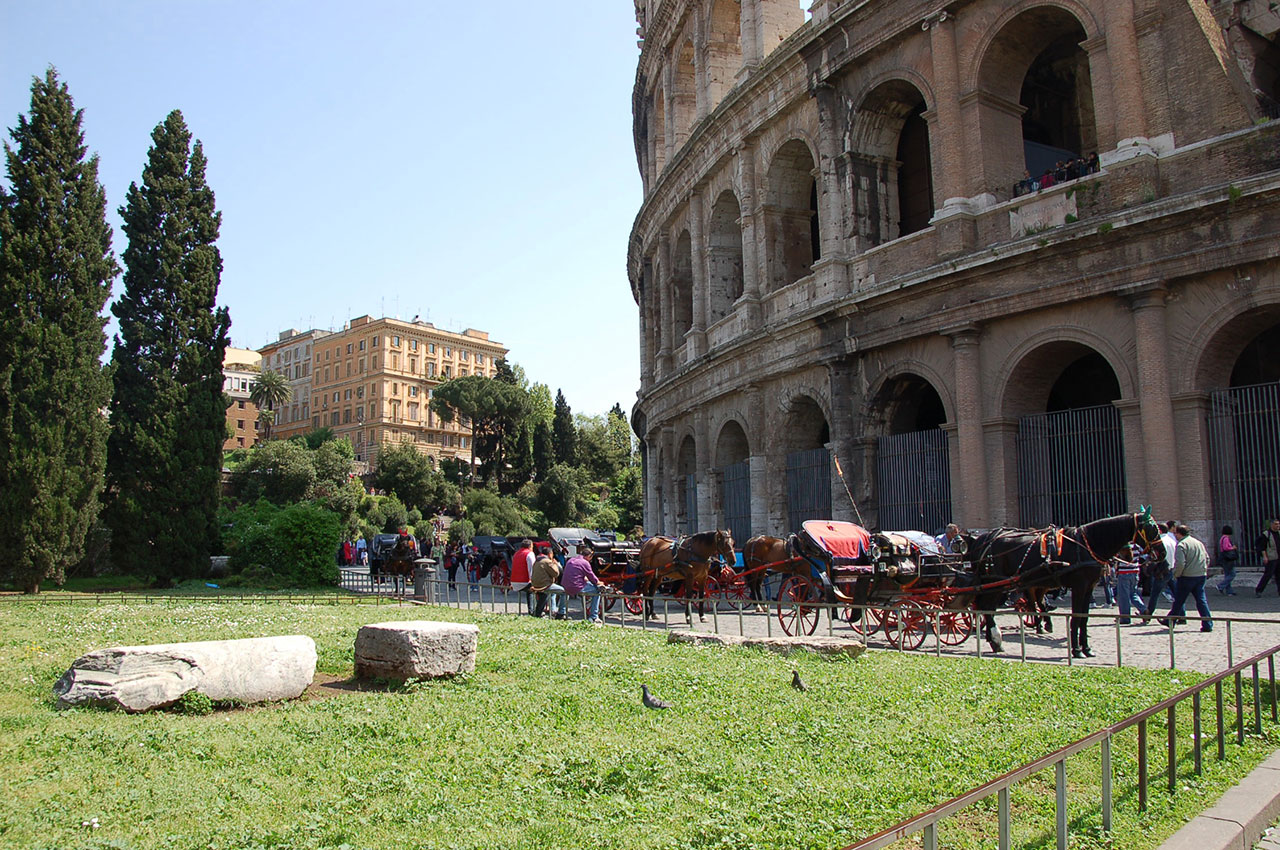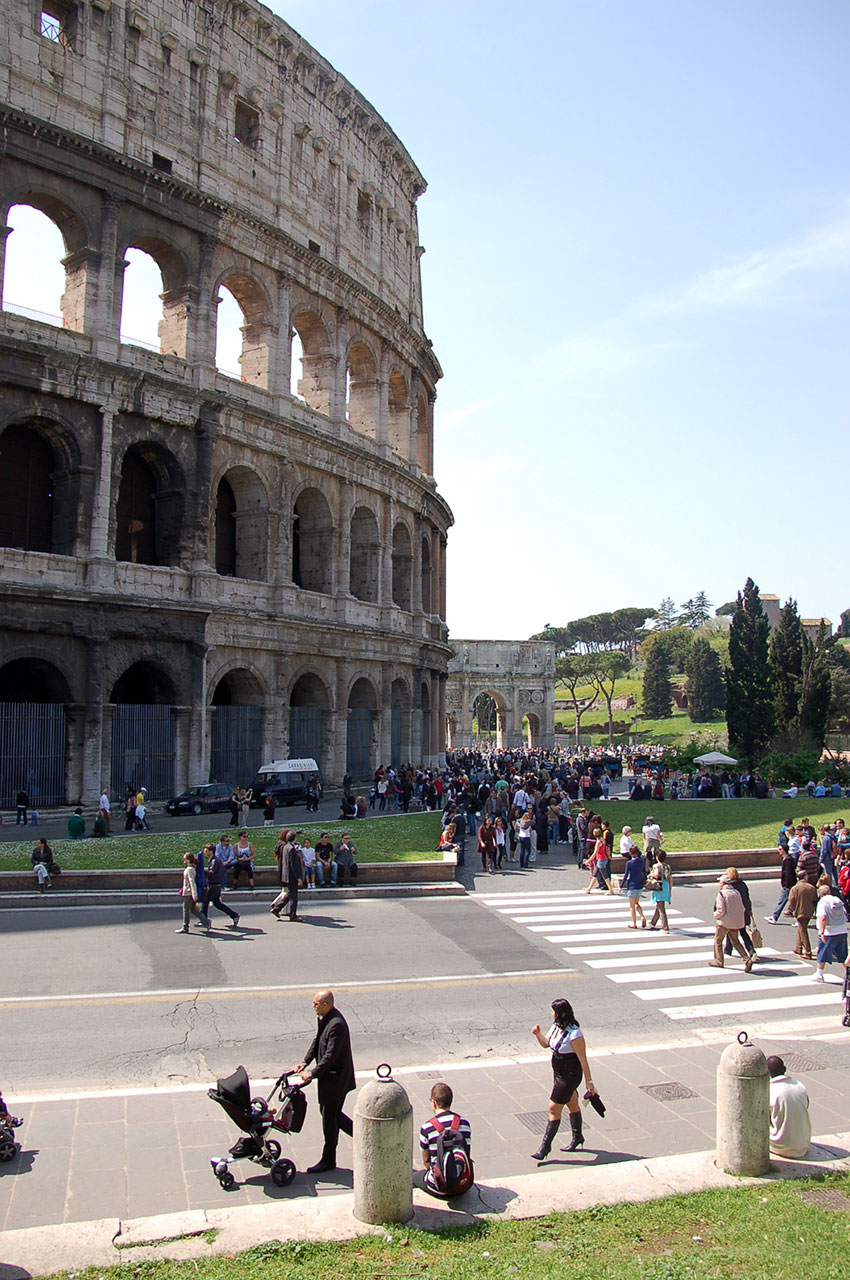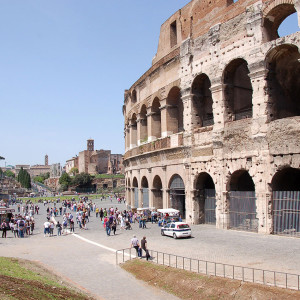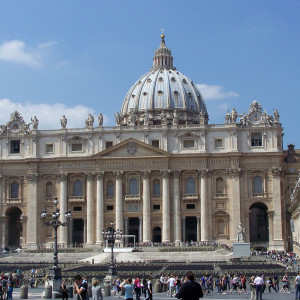6 April 2019
The archipelago of the Maddalena, seven islands north of Sardinia
This small archipelago is particularly appreciated by sailing and underwater fishing enthusiasts as well as by lovers of calm and wild nature. Caprera, the last residence of Garibaldi, Italian revolutionary, is to be discovered for its historical side and the beauty of its landscapes.





